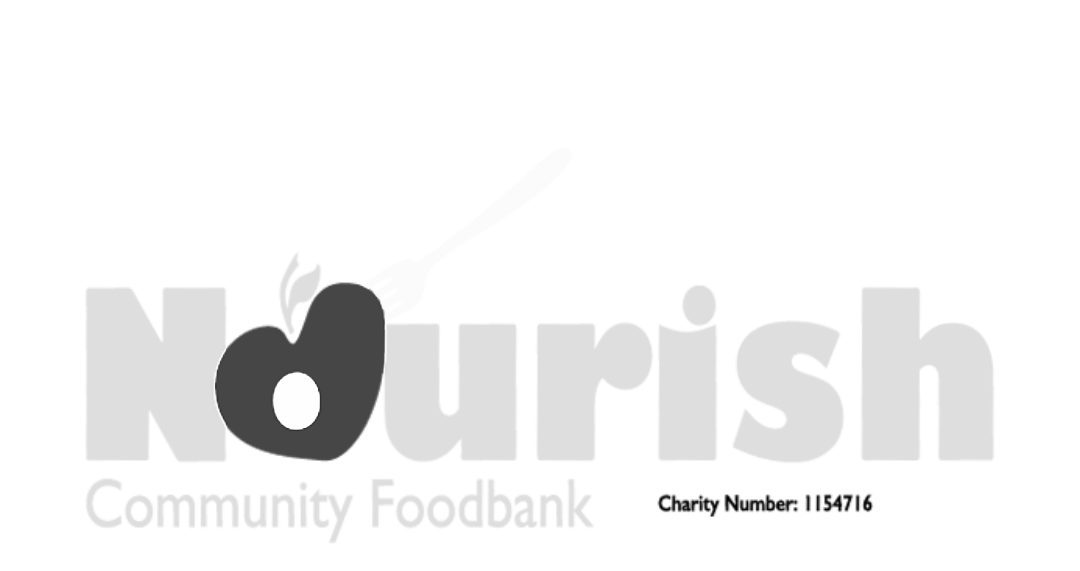To pay dividends or not to pay dividends…
…that is the question! And one that I am currently being asked quite regularly by owners of small businesses.
Now, there are some very simple rules that need to be followed to ensure that any dividend declared is not done so illegally which could therefore result in an “overdrawn” Directors Loan Account and attract the usual HMRC penalties for this. If you’re not sure of what the penalties for this are let me sum it up in a one liner . . . . you would have to pay more to HMRC! So to avoid this ensure that the dividend is reasonable and in line with company profitability – you cannot declare a dividend on a loss! Also make sure you have the correct paperwork; you need the appropriate board resolution for the payment of the dividend and a dividend voucher must be given to each shareholder who receives dividends. And please make sure that this paperwork is filed away safely so that if HMRC do come knocking you can dazzle them with your swift production of the required documents.
But, how much dividend to pay – that becomes a completely different issue where the invention of a tax planning crystal ball would be far more useful than any calculator. Doing the sums isn’t the problem but ensuring tax efficiency becomes a dark art that any would be Hogwarts student would be proud to learn! And here it really is a question on timing. The best strategy is to declare dividends to ensure total income received by the individual does not push them into a higher tax bracket in that year.
So, in 2014/15, where your total income is no more than £41, 965 including taxable dividends there’ll be no tax for you to pay on them. Many business owners will take a minimum salary to ensure the personal tax allowance is used efficiently and then make up the rest of their income with dividends keeping a mindful eye on total income received.
There you go, an introduction to tax efficient legal dividends. However, please be careful in considering yourself an expert in dividends on these three short paragraphs alone. If this is an issue that you are keen to master please do contact us . . . I can’t promise to wave a magic want but we will be able to ensure that your well earned cash does not do so much of a disappearing act to the Revenue.









